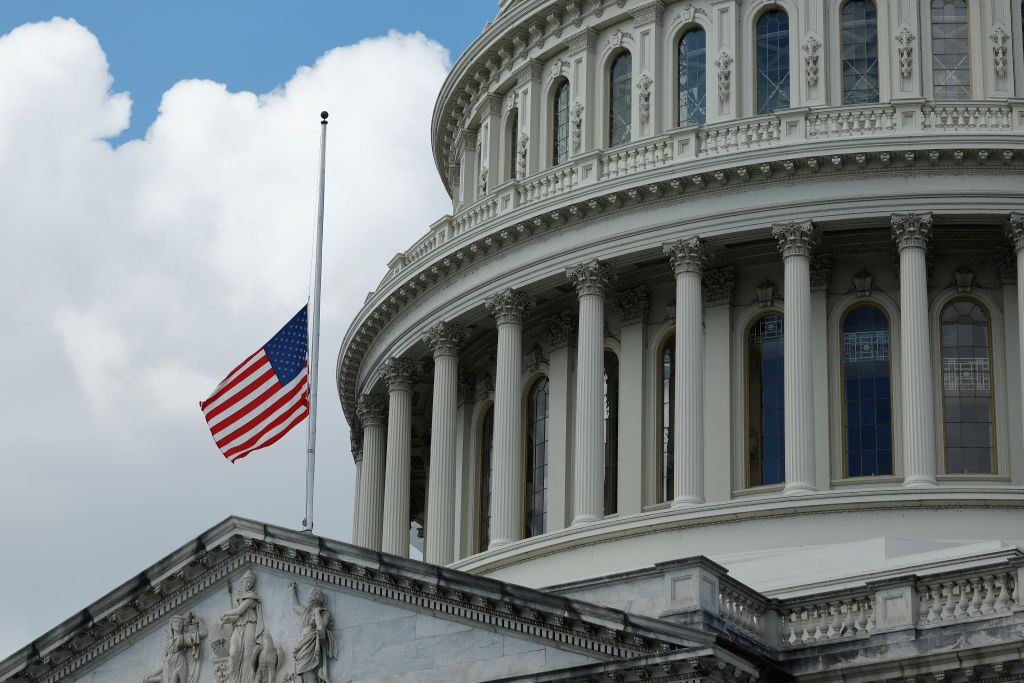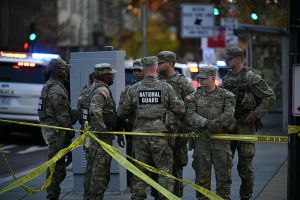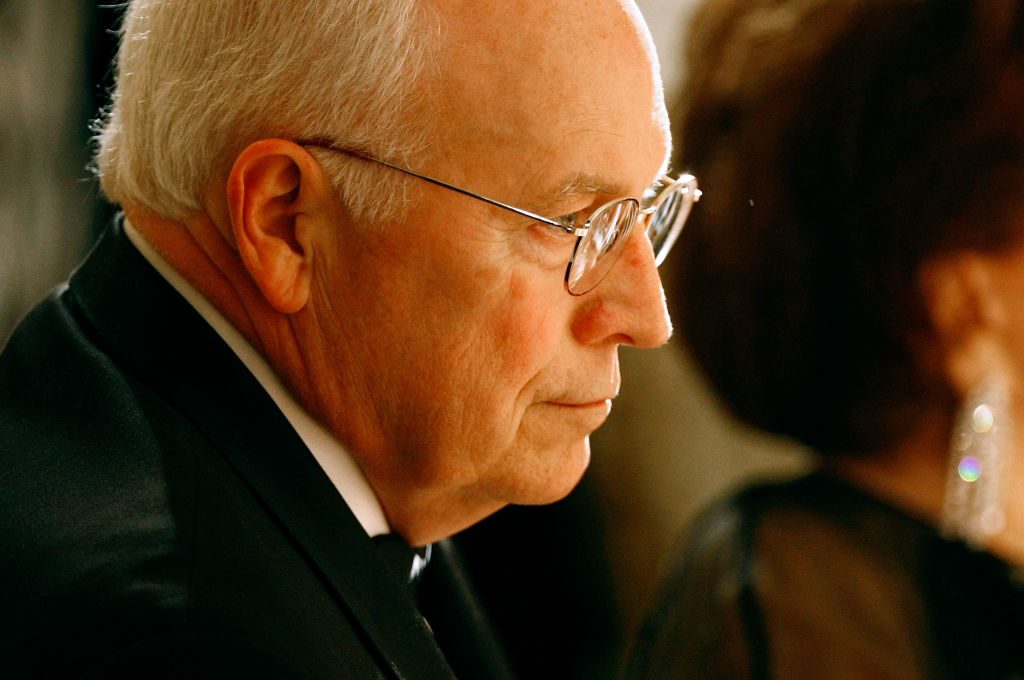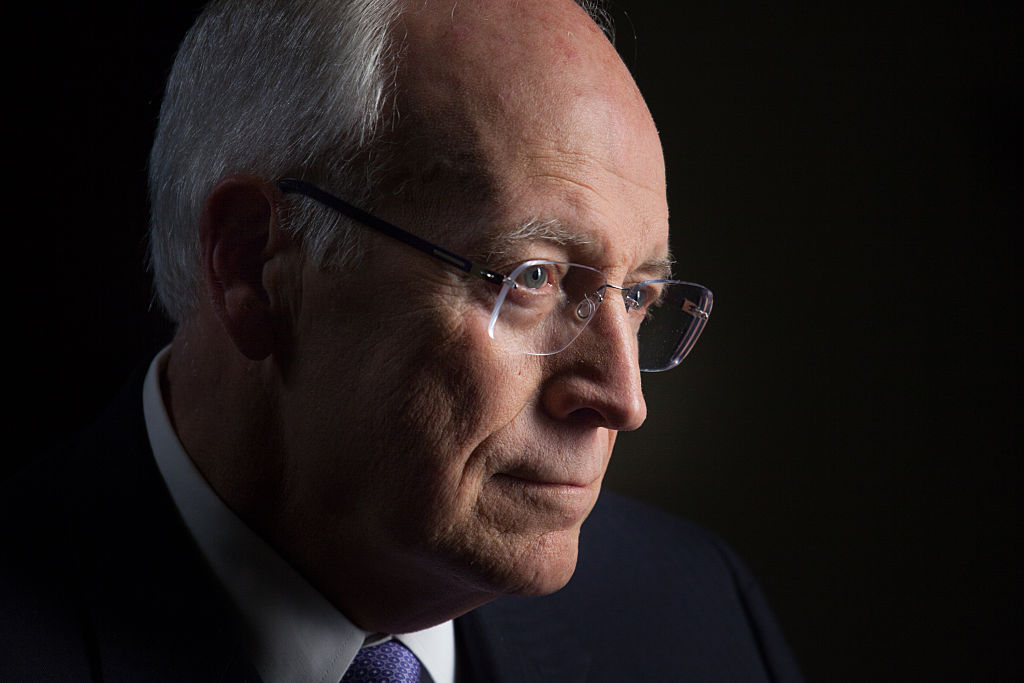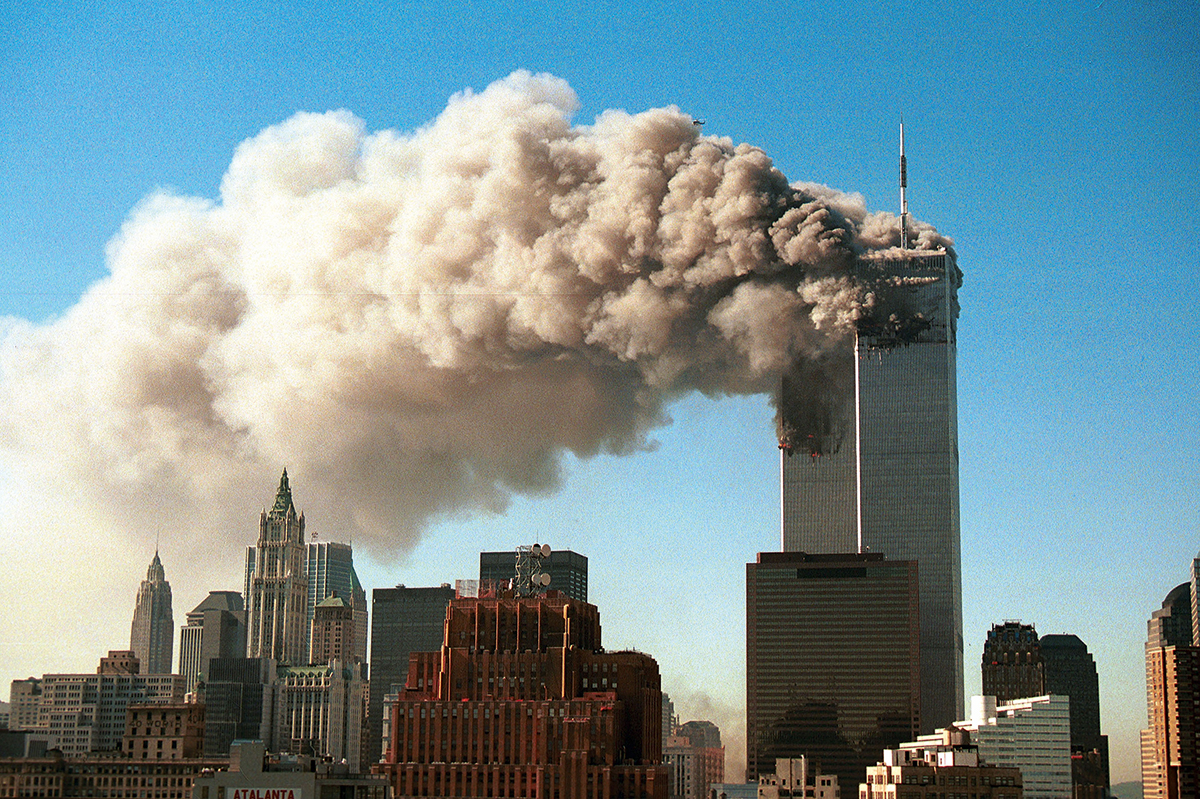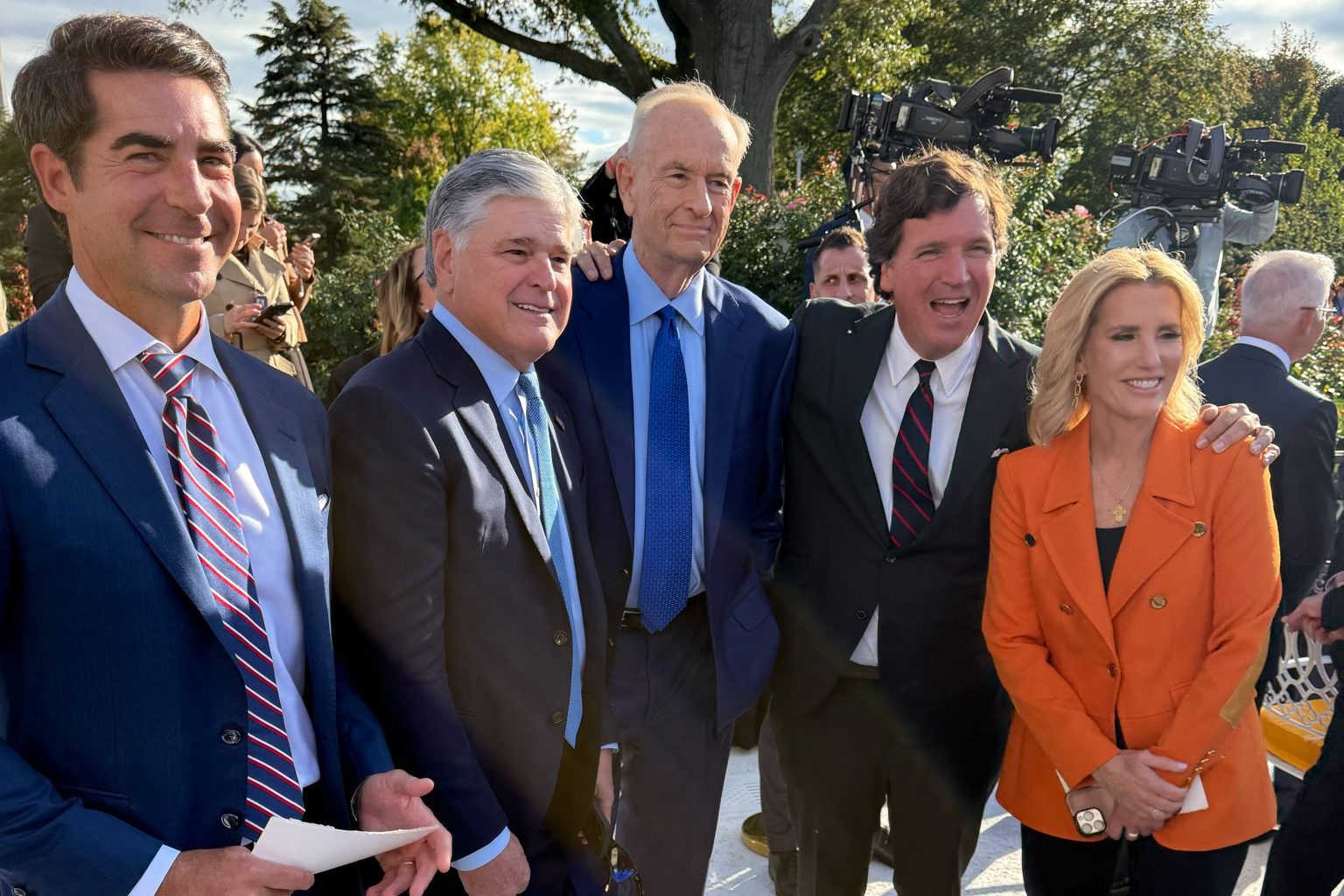Twenty-two years ago today, the United States experienced its worst terrorist attack in history. It was a life-changing moment for tens of thousands of Americans, particularly those in the New York metropolitan area who saw two of the city’s most iconic buildings reduced to smoldering heaps of rubble and ash. The Pentagon, a stoic building across the Potomac River from our capital, saw one of its sides destroyed. About 166 miles to the northwest, another hijacked plane went down in rural Shanksville, Pennsylvania. By the time that horrible day was over, nearly 3,000 people had lost their lives.
The country’s entire being was shaken to the core. Americans, particularly those in New York and Washington, DC, felt more vulnerable than they had in years. For President George W. Bush and his administration, 9/11 was a formidable moment in their personal and professional lives; from that day on, Bush’s number one priority was bringing al-Qaeda, the terrorist group that perpetrated the attack, to justice. The US government, typically a slow-wielding bureaucracy, was suddenly churning at full speed. Three days after the attacks, Congress introduced a use of force authorization and passed it in less than a week. “Our war on terror begins with al-Qaeda, but it does not end there,” Bush told the nation on September 20. “It will not end until every terrorist group of global reach has been found, stopped and defeated.”
If that was indeed the American goal, then Washington set itself up to lose. Not because the US military isn’t good at what it does, but rather because terrorism is about as old as humankind itself. Pledging to annihilate terrorism, as Bush did that night, was about as ambitious as pledging to annihilate crime, illness or bad weather.
While the US made its fair share of mistakes during the outset of the so-called War on Terror (establishing a CIA-run torture program, green-lighting mass surveillance and throwing detainees into the purgatory that is Guantanamo Bay, to name just a few), the military aspect of the strategy started out well. The American air campaign against al-Qaeda in Afghanistan, as well as the Taliban government that hosted it, began on October 7, 2001 after then-Taliban leader Mohammad Omar refused to extradite Osama Bin Laden (the US spent years trying to persuade Taliban officials to hand over the fugitive Saudi national). Tons of ordinance wiped out bin Laden’s training camps, and two months later, the Taliban’s government collapsed while its fighters either huddled down or begged for leniency. By December, bin Laden escaped to Pakistan after finding a way to break a hastily arranged US security cordon in eastern Afghanistan’s treacherous mountains.
Back then, US counterterrorism operators had a pretty clear mission: kill bin Laden, destroy al-Qaeda and hold the Taliban accountable. Fast-forward to today, and the American counterterrorism mission is hardly as clean. President Biden once declared that America has moved on from the war on terrorism, but the reality is very different. Washington is still very much in the middle of that war, except instead of fighting a few terrorist groups with the capacity and intent to actually target the US mainland, it has chosen to combat dozens of terrorist groups in multiple countries at the same time. Syria, Iraq, Afghanistan, Pakistan, Somalia, Niger, Libya and Yemen have all seen US military action in the twenty-two years since the 9/11 attacks. The 2001 war resolution that approved US force against al-Qaeda in Afghanistan morphed into a cookie-cutter legal authority against groups with no connection to al-Qaeda at all.
The terrorist threat is also more diffuse today than it was back then. The number of State Department-designated terrorist groups has risen four-fold since 2001. According to the Global Terrorism Database, there were 385 terrorist attacks recorded in South Asia, 361 in the Middle East/North African region and 275 in Africa. In 2021, the last year full data was available, those numbers ballooned to 1,853, 1,262 and 1,162, respectively. Al-Qaeda is still operating, albeit in a far weaker state, despite more than two decades of consistent US military pressure. Hitting terrorist groups hard serves a purpose, but hitting them in the hopes the terrorists will eventually fold up their tents and close up shop was, and remains, the definition of naiveté.
US counterterrorism policy has been successful at preventing another 9/11-style attack against Americans. But our policymakers continue to treat all terrorist groups as equally dangerous and/or worthy of America’s attention. The US now conducts airstrikes against al-Shabaab, a local insurgency seeking to overthrow the Somali government, with such regularity that they barely make a dent in the news cycle anymore. US forces are operating in more countries today than they did the months and years after 9/11 — not necessarily because the terrorist threat is larger, but because Washington conflates local Islamist insurgencies with transnational terrorist organizations. This is especially the case in Africa, where the US monitors an alphabet soup of groups affiliated with al-Qaeda and IS, largely in name only. As Wake Forest political science professor William Walldorf wrote in a recent report for Defense Priorities (where I also work), “the United States is applying too much force against too little threat” and may actually be encouraging more terrorism by virtue of its forward presence there.
The US, of course, shouldn’t apologize for taking action when the intelligence community picks up a credible terrorist threat stream against Americans, particularly if the threat is imminent. But the days of hyperventilating over terrorism and making self-inflicted errors along the way, are long gone — or at least should be.



